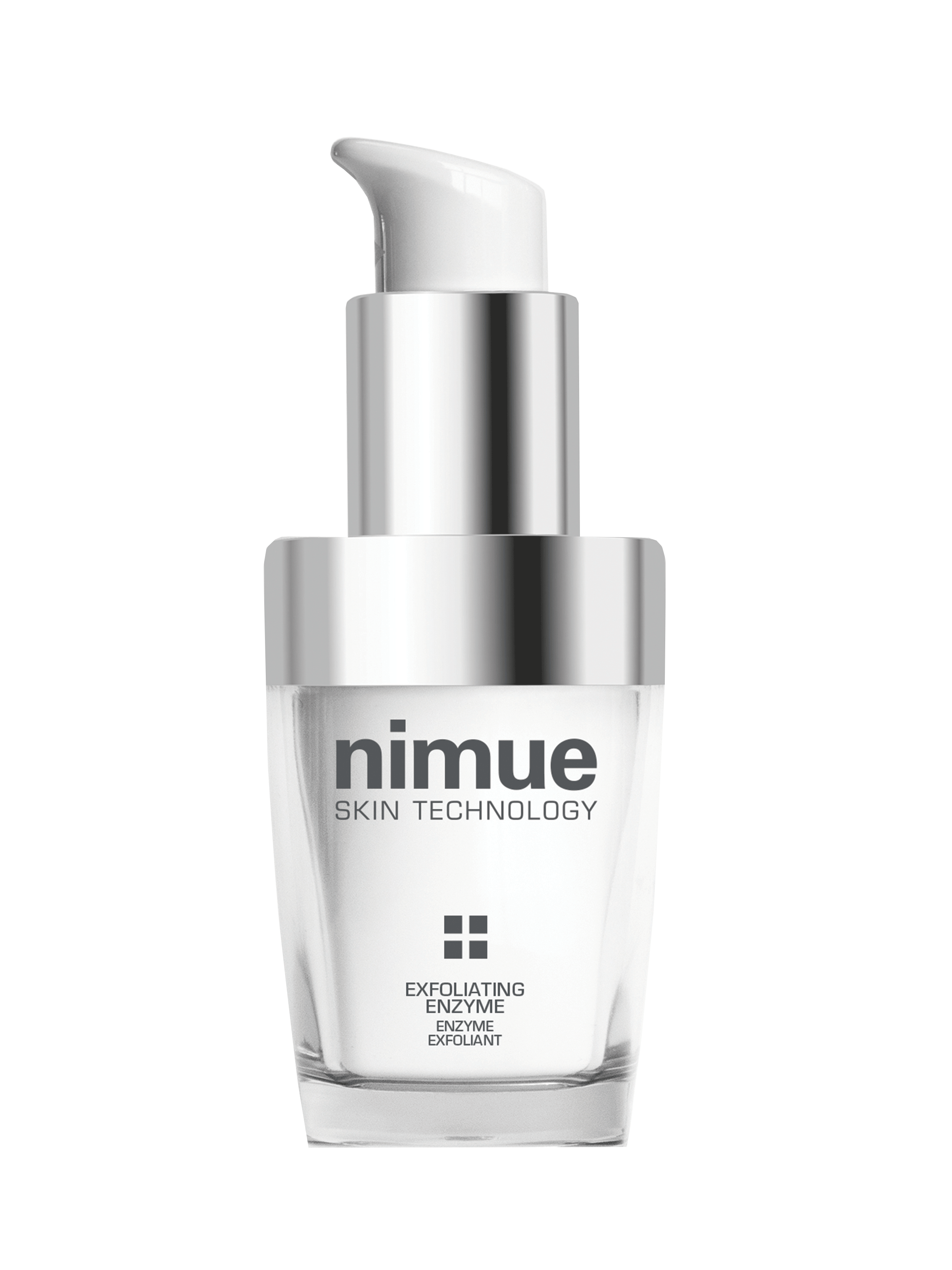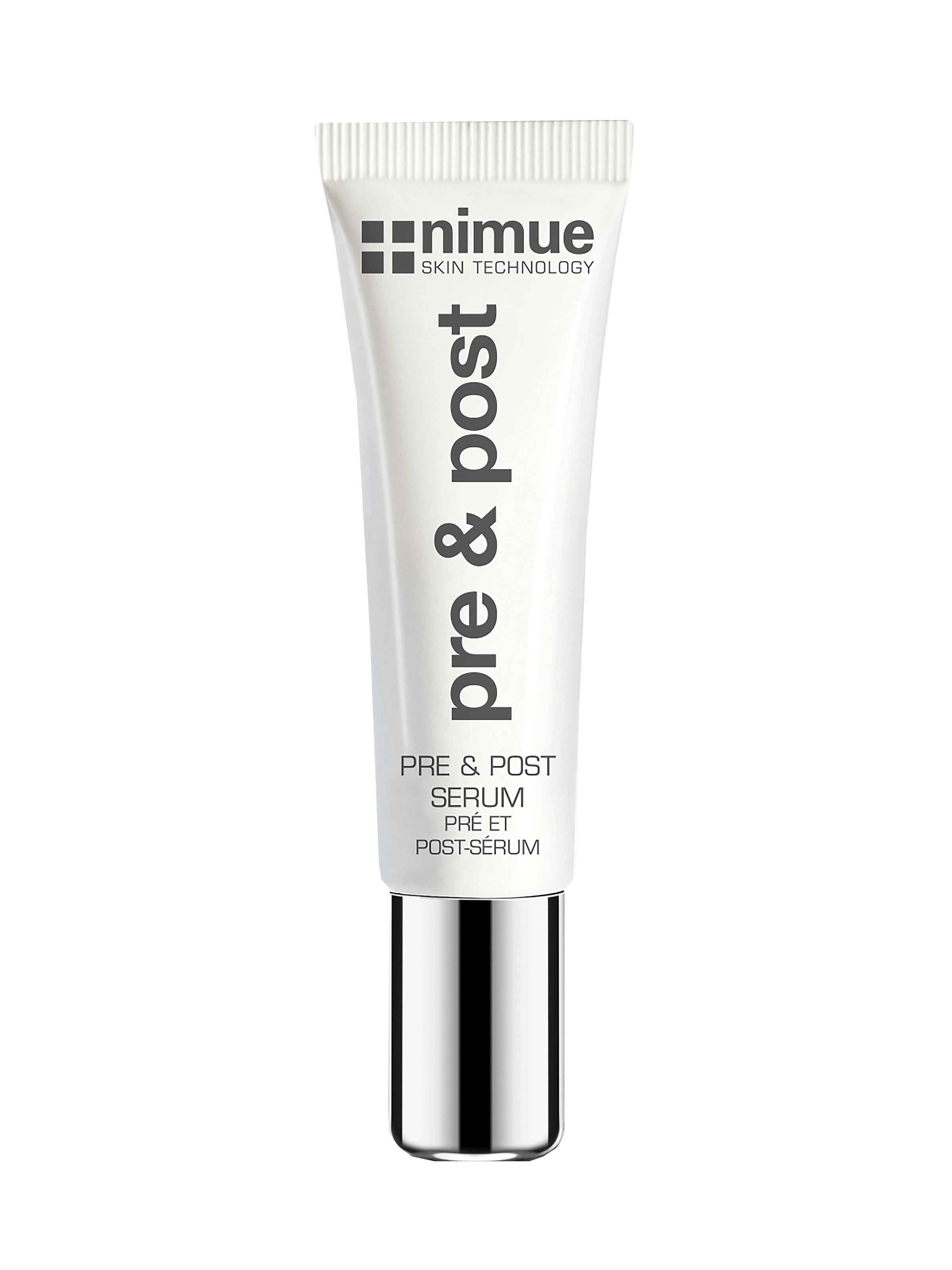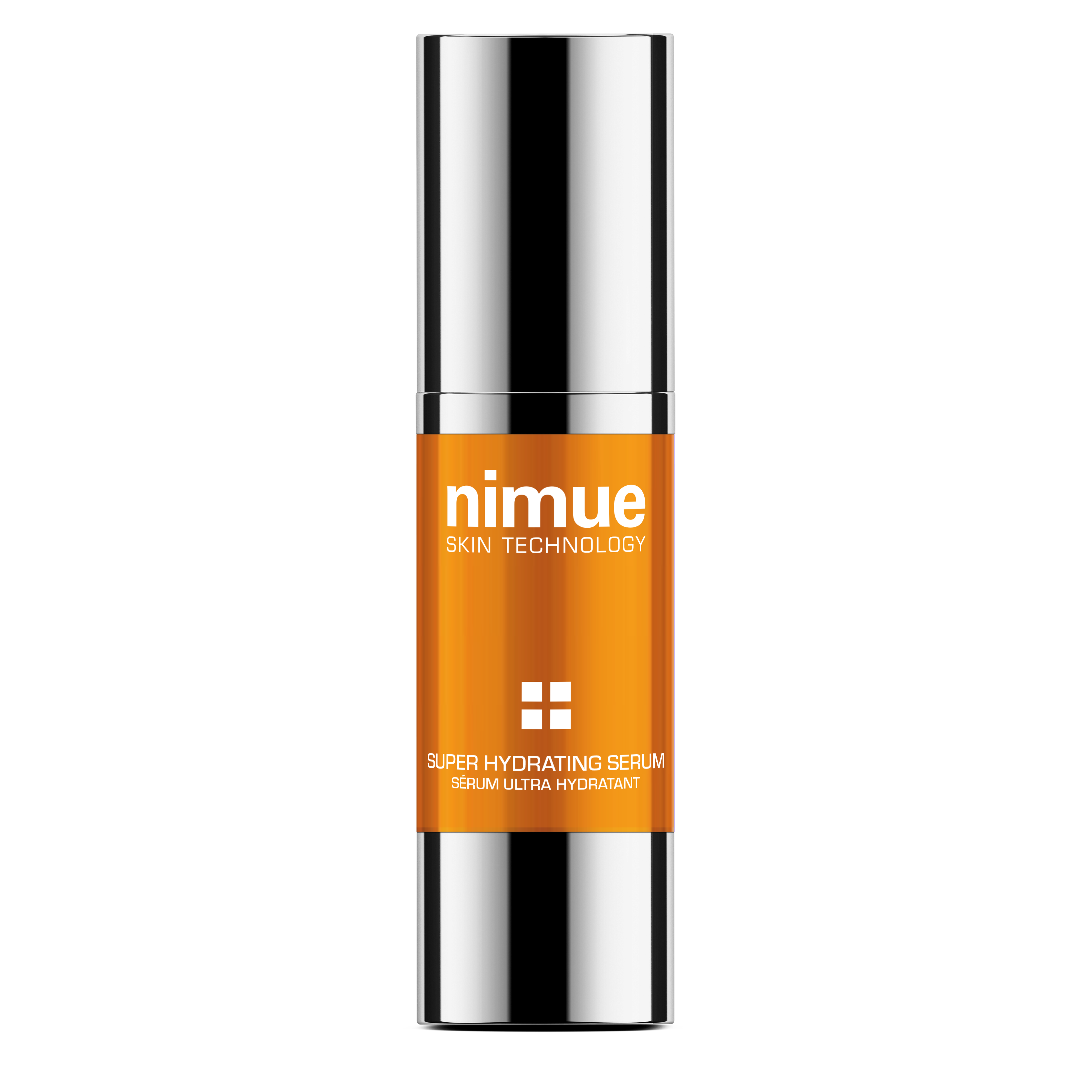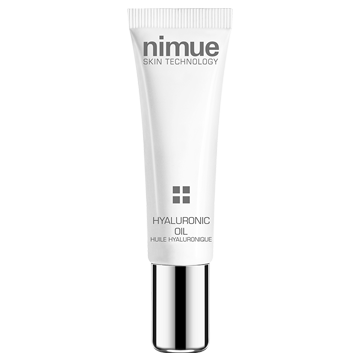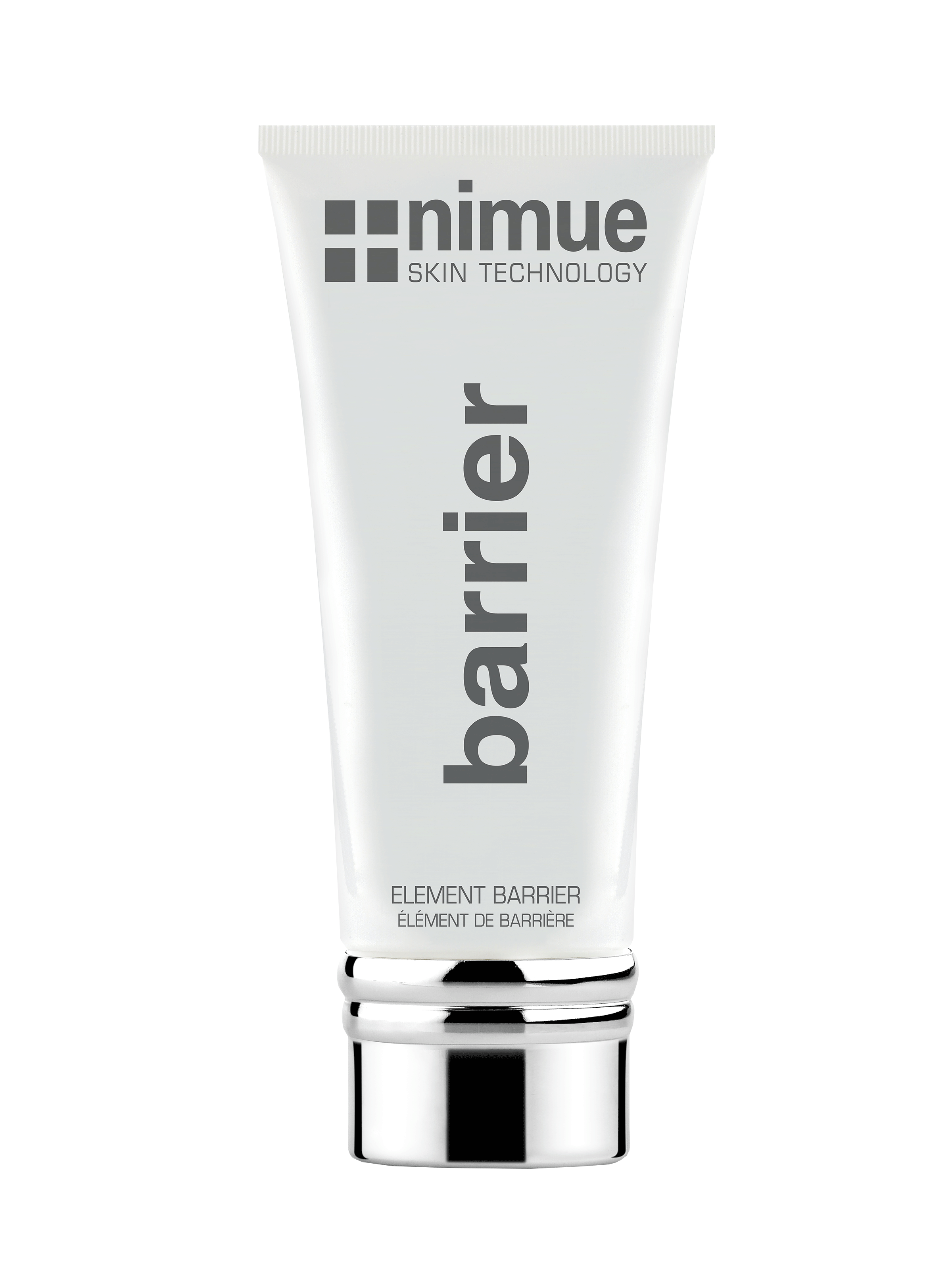SILENT COVID-19: WHAT THE SKIN CAN REVEAL
4th Mar 2022
The Covid-19 crisis and consecutive stay at home/work from home advice has created its own unprecedented challenges these past few years. Our new normal may have resulted in us spending much more time in front of the screen. It might be for work, social or escapism (think of Netflix series binges).
Knowing how much and how often you use your devices can help you gain valuable insights into your digital well-being and practice self-care.
How could these changes affect your skin?
Zoom boom and Zoom dysmorphia has followed us into the real world. Seeing your own reflection daily, relaxing, concentrating with a frown, bored expressions, has meant that we have all started to look at our skin in a bit more detail. Maybe we have noticed those dark circles, fine lines or perhaps dull/sallow skin. Our clients are seeking our advice now more than ever.

ENVIRONMENTAL ASSAULTS ON THE SKIN
Our new digital world has led us to either treat or prevent various skin concerns, which we would classify as environmental damage to the skin. These are the common skin concerns that you might see:
- Rough, uneven texture
- Dull appearance
- Reduced ability to repair damage
- Irregular pigmentation
- Sagging, fine lines and wrinkles
- Solar elastosis
- Visible capillaries
- Dry and oily areas
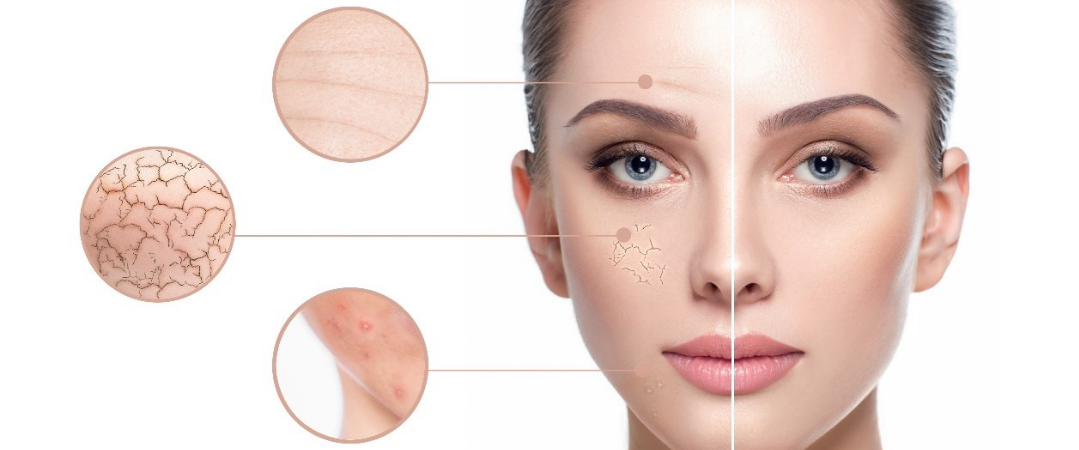
Infra-ageing, radiation ageing, toasted skin syndrome caused by IR, HEV light & UV light
Prolonged thermal radiation (heat) exposure due to laptop proximity can cause degradation of connective tissue and alteration of elastic fibres leading to the development of reticulated erythema, hyperpigmentation and telangiectasias.
Light-induce damage from computers, flat-screen TV's, mobile phones with flat screens, energy efficient cool white or full-spectrum lights, provide constant exposure to damaging HEV lights and a constant source of free radicals, causing redness, skin sensitivities, hyperpigmentation and premature ageing.
Some key products to consider:
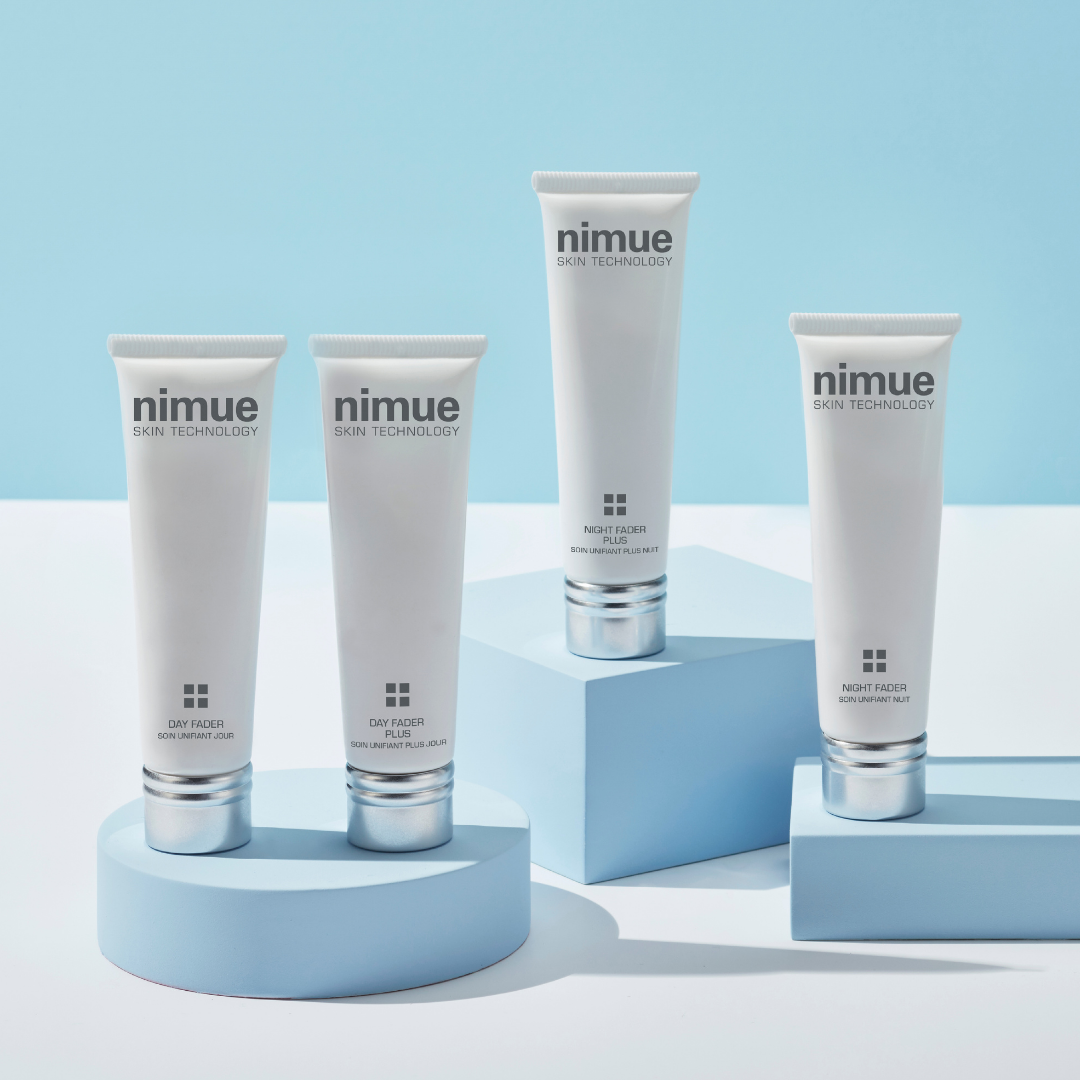
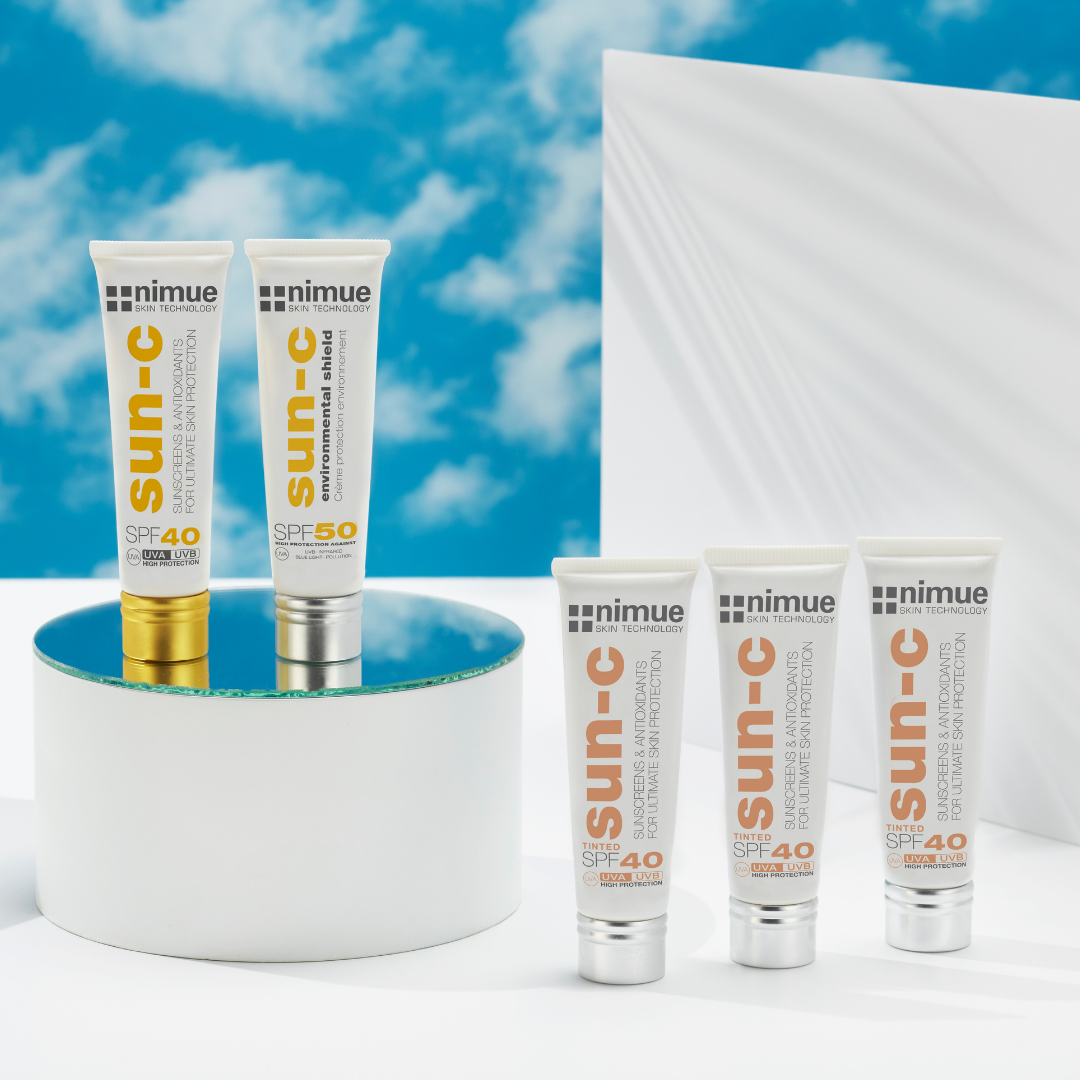
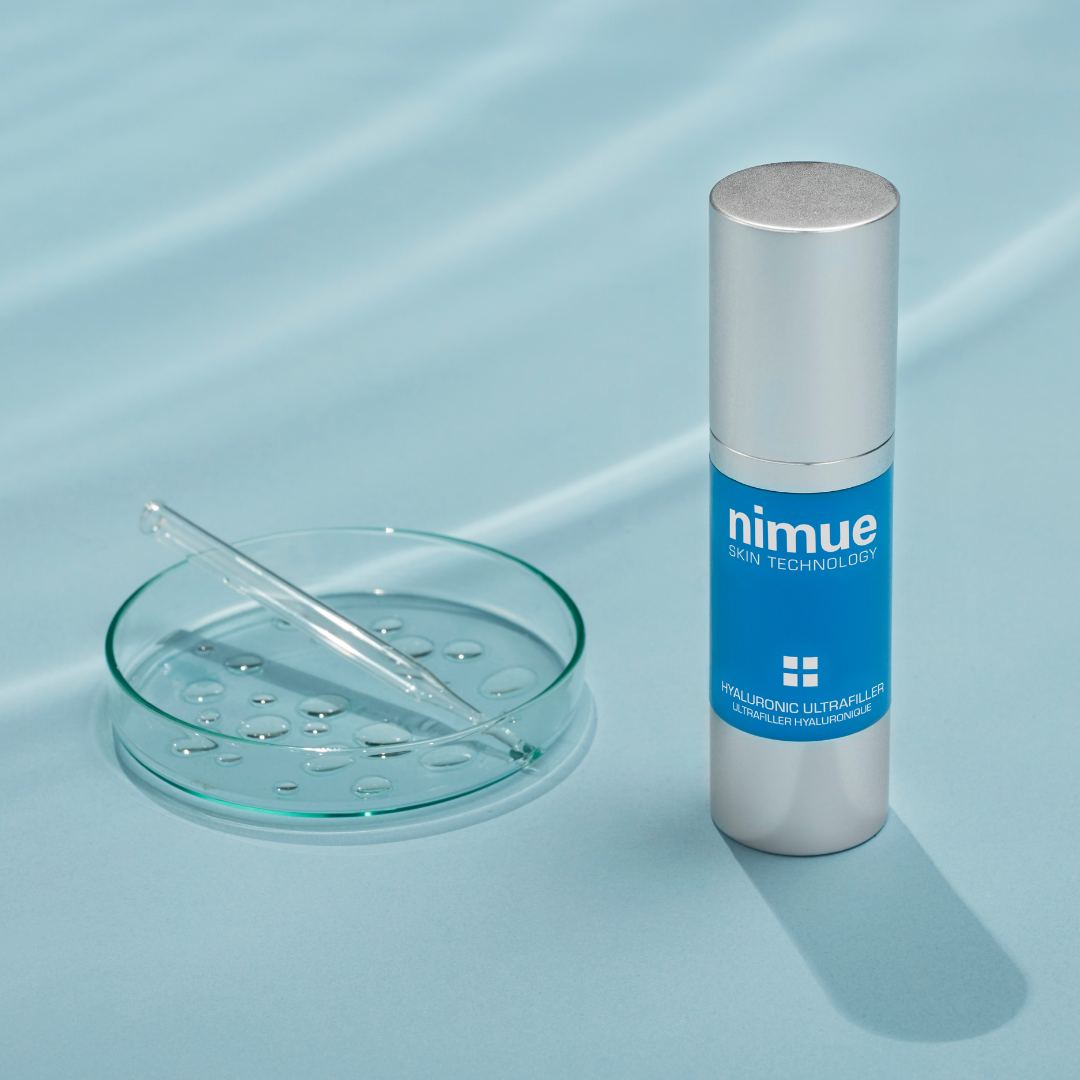
Another issue we are seeing due to the change in our environment is Tech Neck, also referred to as Cervical Kyphosis.
It is a frequently painful condition that results from the hunchback slouch many individuals employ when they are using their electronic devices.
The issue starts when you bend your neck forward so you can look down at your smartphone or another electronic device.
Doing this:
- Places a great deal of strain on your spine
- Causes tension in the neck and shoulders
- Causes upper-back pain
- Results in concerns with the neck area and ageing
- May lead to a loss of firmness and volume with deep lines and wrinkles
POST COVID EFFECTS ON THE SKIN
COVID and how it effects your skin
With lots of ongoing research into the COVID-19 pandemic, scientists are still discovering the specific characteristics of this new disease.
Perhaps the most obvious physical impact of COVID-19 is on the lungs, but doctors and researchers have also found links between COVID-19 and various other organs and systems, including the heart, brain and kidneys.
SARS-CoV-2 infection also appears to affect the largest organ of the body, the skin.
The first mention of a link between COVID-19 and skin changes came from China in the early phase of the outbreak. Below are the most common effects that we are seeing in the skin.
COVID Toe:
- One or more toes may swell and turn pink, red, or a purplish colour
- Sometimes, people who have COVID toes have other symptoms of COVID-19
Treatment for COVID toes: A hydrocortisone cream is prescribed to reduce pain or itching.
Urticaria:
Many diseases, such as measles and chickenpox, cause a distinctive rash that helps doctors diagnose a patient.
- COVID-19 is different - there is no single COVID-19 rash
- Urticaria is a very itchy rash, sometimes called nettle rash or hives
The body rashes, they theorize, might be caused by “immunological reactions to the virus,” whereas acral rashes could result from blood clots or damaged blood vessel walls.
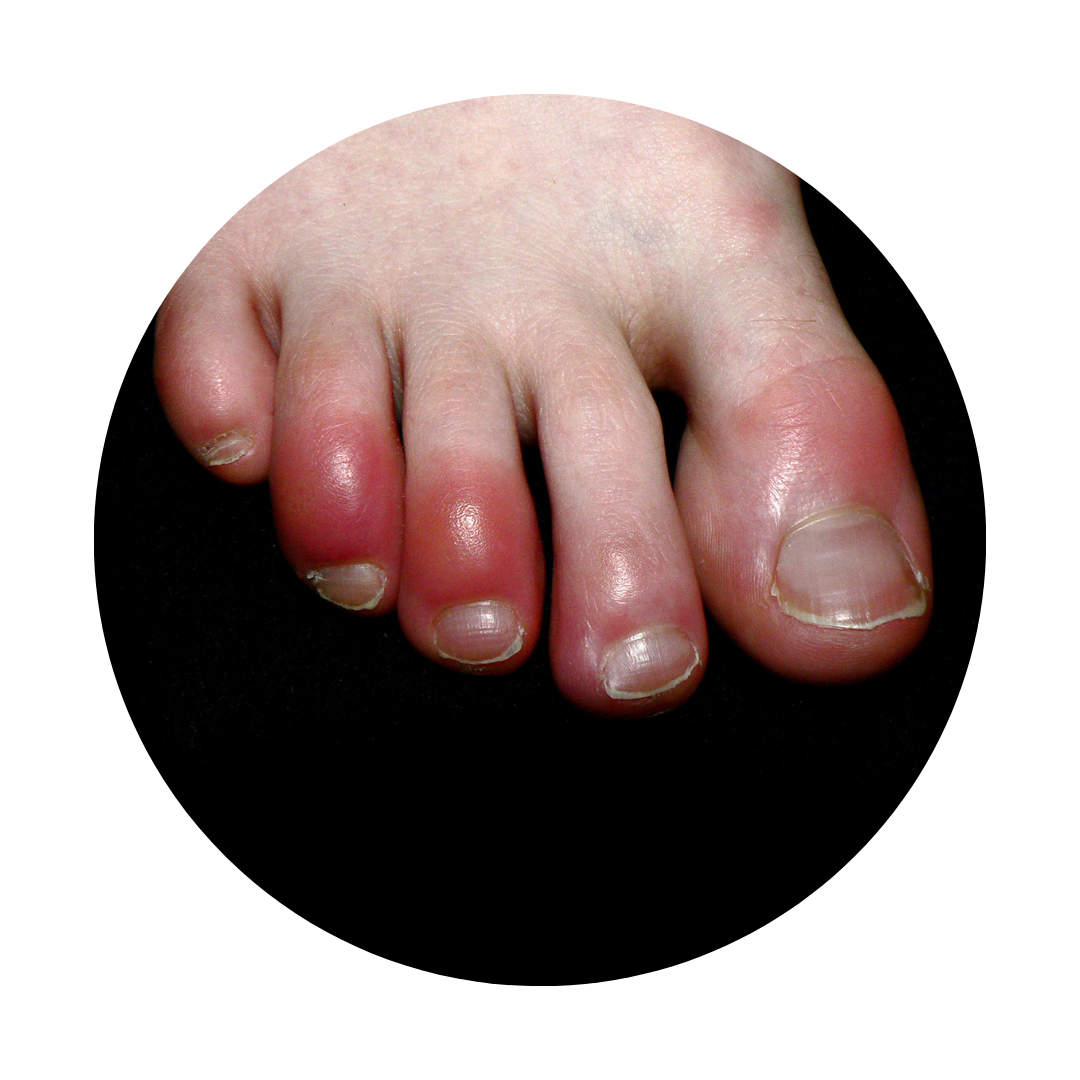
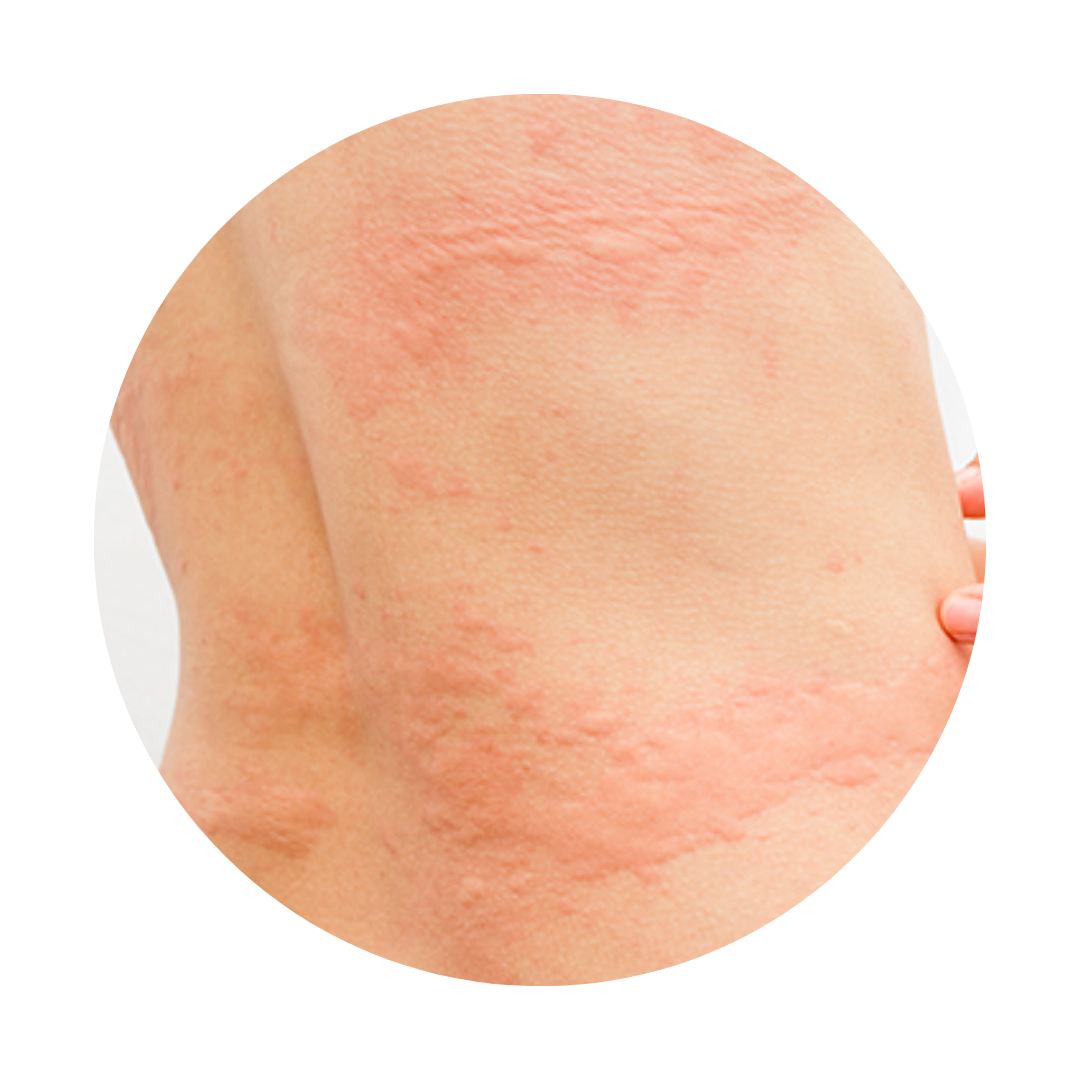
What you may see:
You can have COVID-19 and never develop a rash. When a patient with COVID-19 does develop a rash, it can look like any of the following:
- Hives-like rash: Dermatologists are seeing patients with COVID-19 who develop a rash that looks like hives
- Patchy rash
- Itchy bumps
- Blisters that look like chickenpox
- Round, pinpoint spots on the skin
- Large patch with several smaller ones
- A lace-like pattern on the skin
- Flat spots and raised bumps that join
If your client has tested positive and has experienced post-COVID effects on their skin, we would always advise them to seek help from a medical professional.
Effects of COVID medication on the skin
- Corticosteroids - Skin thinning, pigmentation, inflammation, burning
- Tocilizumab (Immunosuppressive drug) - Skin rash, itching
- Remdesivir (Anti-viral drug) - Swelling, fever, sweating
- Blood Thinners - Bruising, rash, pigmentation
- Ivermectin (Anti-parasitic drug) - Itching, rash, hives, eye problems
- NSAIDs (Non-steroidal anti-inflammatory drugs) - Rash, photosensitivity, hives
- Oxygen - Increase in circulation, healing, restoring

How Nimue can help - protection, reduces dryness and dehydration
